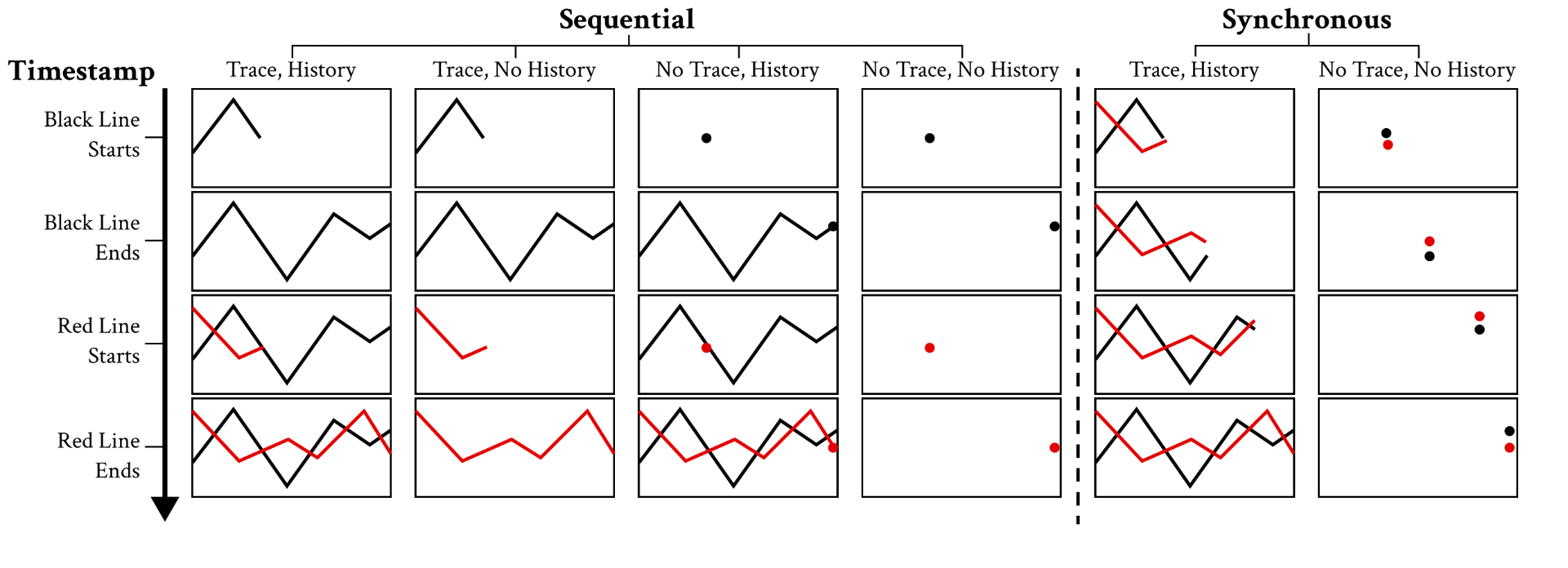Motion-Based Visual Encoding Can Improve Performance on Perceptual Tasks with Dynamic Time Series
Songwen Hu - Georgia Institute of Technology, Atlanta, United States
Ouxun Jiang - Northwestern University, Evanston, United States
Jeffrey Riedmiller - Dolby Laboratories Inc., San Francisco, United States
Cindy Xiong Bearfield - Georgia Tech, Atlanta, United States. University of Massachusetts Amherst, Amherst, United States
Download Supplemental Material
Room: Bayshore III
2024-10-17T17:45:00ZGMT-0600Change your timezone on the schedule page
2024-10-17T17:45:00Z

Fast forward
Full Video
Keywords
Animation, Dynamic Displays, Perception, Motion, Analytic Tasks
Abstract
Dynamic data visualizations can convey large amounts of information over time, such as using motion to depict changes in data values for multiple entities. Such dynamic displays put a demand on our visual processing capacities, yet our perception of motion is limited. Several techniques have been shown to improve the processing of dynamic displays. Staging the animation to sequentially show steps in a transition and tracing object movement by displaying trajectory histories can improve processing by reducing the cognitive load. In this paper, We examine the effectiveness of staging and tracing in dynamic displays. We showed participants animated line charts depicting the movements of lines and asked them to identify the line with the highest mean and variance. We manipulated the animation to display the lines with or without staging, tracing and history, and compared the results to a static chart as a control. Results showed that tracing and staging are preferred by participants, and improve their performance in mean and variance tasks respectively. They also preferred display time 3 times shorter when staging is used. Also, encoding animation speed with mean and variance in congruent tasks is associated with higher accuracy. These findings help inform real-world best practices for building dynamic displays. The supplementary materials can be found at https://osf.io/8c95v/